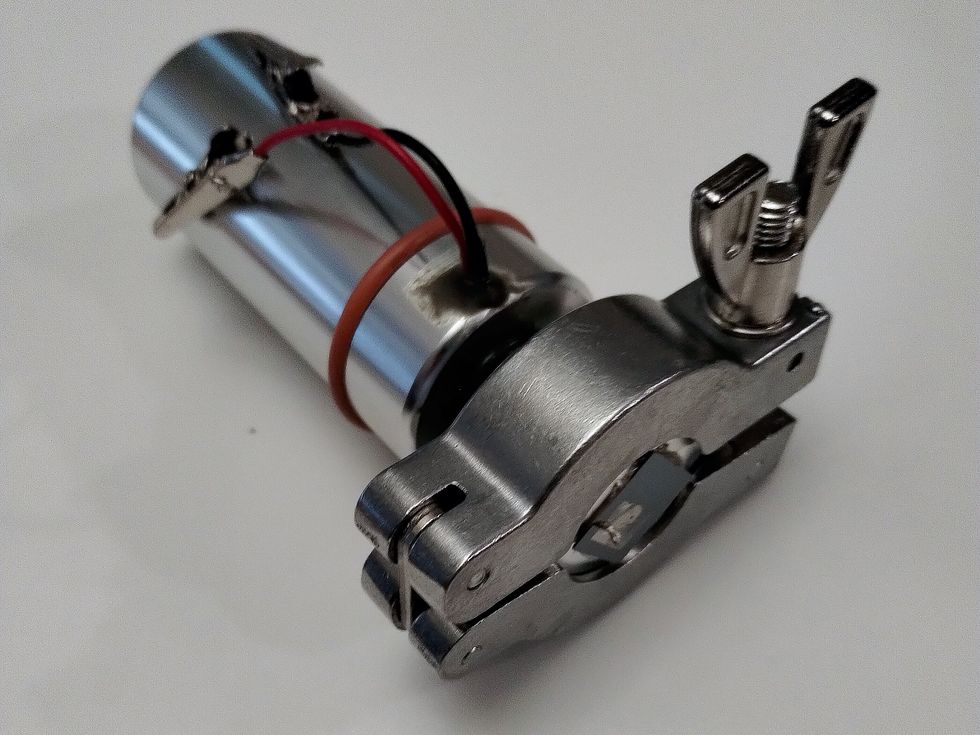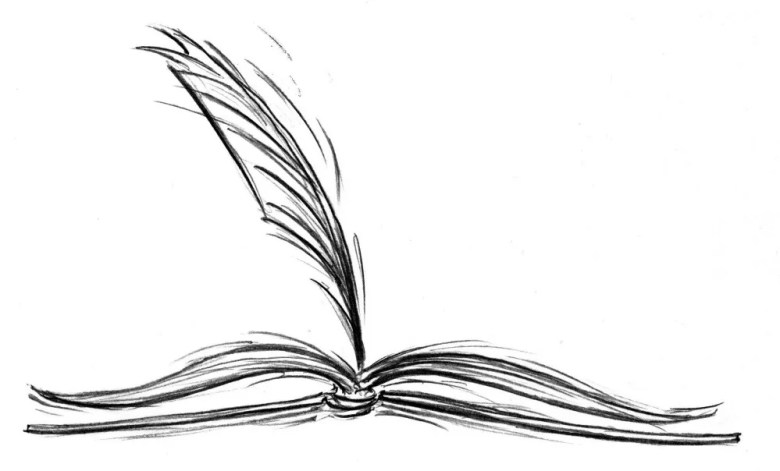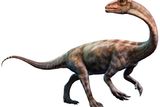NASA’s Europa Clipper probe may soon have the unprecedented opportunity to collect material from the ion tail of interstellar comet 3I/ATLAS. As this comet travels through the inner solar system, researchers are leveraging advanced tools to gather vital data. Recent findings from two European scientists suggest that the probe could intercept charged particles from the comet’s tail between October 30 and November 6, 2023.
The study, which is currently available on the preprint server arXiv, has not yet undergone peer review. It indicates that the Europa Clipper could pass through the comet’s ion tail, providing a rare chance to sample material from an object originating beyond our solar system. “We have virtually no data on the interior of interstellar comets and the star systems that formed them,” said Samuel Gran, a postdoctoral researcher at the Finnish Meteorological Institute. He added that sampling the tail would be the closest scientists can currently get to directly studying such objects.
Since its discovery in early June, the tail of 3I/ATLAS has been expanding as the comet approaches the Sun. The heating of its icy core is causing it to release more gas and dust, creating a more substantial ion tail. While the Europa Clipper is on its way to study Europa, one of Jupiter’s 95 moons, its instruments could also be harnessed to analyze the comet’s tail.
Potential Challenges for the Mission
Gran and his colleague, Geraint Jones, a project scientist at the European Space Agency and principal investigator of the Comet Interceptor mission, utilized a computer program called “Tailcatcher” to predict the likelihood of the probe crossing the ion tail. Their calculations suggest that the probe may capture packets of solar wind carrying charged particles from the comet.
However, there are significant hurdles that could impede detection. The instruments required for this analysis are currently inactive as the probe travels toward Jupiter. A government shutdown raises uncertainty about whether NASA will activate them in time. Additionally, the solar wind must blow in a specific direction and at the right strength to ensure the probe can detect the particles; otherwise, it might miss the tail entirely.
The comet is set to reach perihelion—its closest approach to the Sun—on October 29. This timing means that the ion tail will be at its broadest just before the crossing window opens, potentially increasing the chances of detection. Despite these favorable conditions, various factors must align perfectly for the probe to successfully encounter the ion tail.
Significance of the Findings
Should the Europa Clipper successfully cross into the ion tail of 3I/ATLAS, it would mark a historic milestone, representing the first direct immersion in material from an interstellar object for any spacecraft. Even if the probe cannot measure the ions directly, it could still gather valuable data through magnetic field draping and shock signatures, which could reveal critical information about the ion tail’s presence and structure.
The potential to collect samples from an interstellar comet not only enhances scientific understanding but also opens new avenues for research into the origins of comets and the solar systems from which they originate. As scientists await the upcoming weeks, the excitement surrounding this mission underscores the significance of interstellar exploration in expanding our knowledge of the universe.







